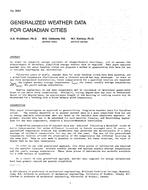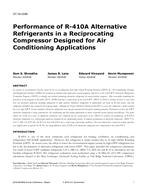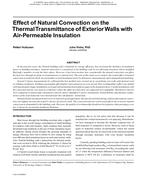A significant portion of the operating costs of utilities comes from energy production. Machine learning methods are widely used for short-term load forecasts for commercial buildings. These forecasts are used to minimize unit power production costs for the energy managers for better planning of power units and load management. However, very few studies are done in a residential building context because of the more complex occupancy behavior patterns. In this paper we will explore the effectiveness of four current, state-of-art machine learning methods applied in hour and day ahead (24 hours) electricity load forecasting in a residential context: traditional Artificial Neural Network (ANN), Support Vector Regression (SVR), Gaussian Process Regression (GPR) and Bayesian Network (BN). The paper uses four houses located in San Antonio as a test-bed using energy consumption data from those houses monitored in real-time. Uncertainty quantification analysis is conducted on the forecasts to understand the error bands. Using a combination of weather variables and historical load, forecasting is done in a supervised way based on a moving window training algorithm. The surveyed forecasting methods can take into account the load variation of regular days as well as special days within a reasonable accuracy (below 10% MAPE). Additionally, hourly peak load forecasts are compared with baseline forecasts in the context of the four models. The input-output relationships, in terms of their correlations and impact of different model parameters on model accuracy, are analyzed. A range of comparisons between different forecasting models in terms of relative accuracy are then presented.
Product Details
- Published:
- 2015
- Number of Pages:
- 8
- Units of Measure:
- Dual
- File Size:
- 1 file , 1.1 MB
- Product Code(s):
- D-AT-15-C023
- Note:
- This product is unavailable in Russia, Belarus


